Master Seascape Shots!
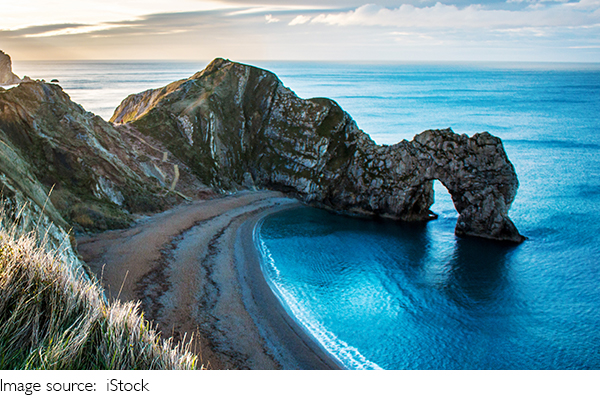
Capturing a seascape may appear simple at first glance, but it is far from easy.
While it's common to think that photographing the sea is just about heading out, setting up a camera, and capturing long exposures, the reality is that creating a truly remarkable seascape takes more than that.
This guide compiles essential advice, drawn from years of hands-on experience and numerous missteps, to help photographers overcome the common pitfalls and capture the seascapes they envision.
What is Seascape Photography?
Seascape photography captures the sea as a primary subject in a landscape. It is important to distinguish seascapes from other types of images, such as photos of flying birds over the sea or underwater shots, which do not fall into this category. Seascapes should depict the sea as part of a broader landscape, providing a wide view of the coastline, water, and surrounding environment.
The Best Time for Seascape Photography
When it comes to seascape photography, the timing plays a crucial role in achieving the desired effect. While summer is often associated with vacations by the sea, it’s not necessarily the best season for capturing stunning images.
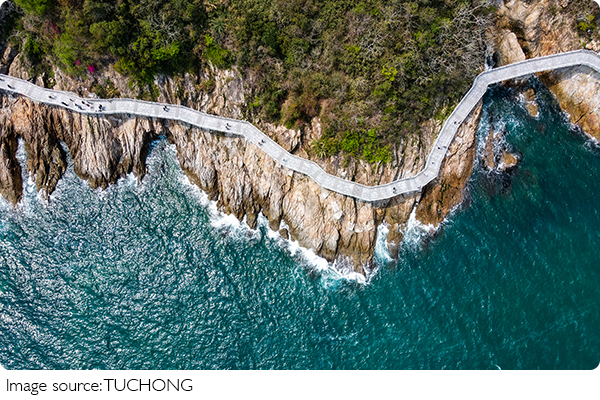
Calm waters and clear skies can make for predictable, often unremarkable photos. Instead, autumn, spring, and winter offer more dynamic conditions with waves, dramatic skies, and varied weather, which contribute to more engaging and unique shots.
Equipment for Seascape Photography
Seascape photography can be challenging not only for the photographer but also for the gear. Saltwater poses a threat to equipment, so special care must be taken to protect it while shooting by the coast.
Camera and Lenses
To prevent damage from saltwater, it's important to stay at a safe distance from the sea. However, if getting closer to the water is necessary for the composition, other precautions should be considered:
Weather-sealed cameras: While not waterproof, weather-sealed cameras can handle small amounts of water. They offer more protection from moisture than non-sealed models.
Camera covers: A waterproof cover can also protect the camera and lens from spray or water droplets, keeping the equipment dry during close-up shots.
Filters: Filters, particularly ND (Neutral Density) filters, are commonly used in seascape photography to create various effects, such as smoothing out the water or capturing motion in the waves.
Tripods: Though tripods are sturdy and typically have no electronic parts, they are still vulnerable to saltwater damage. Exposure to saltwater without proper cleaning can cause oxidation, leading to issues like loose legs or faulty connections.
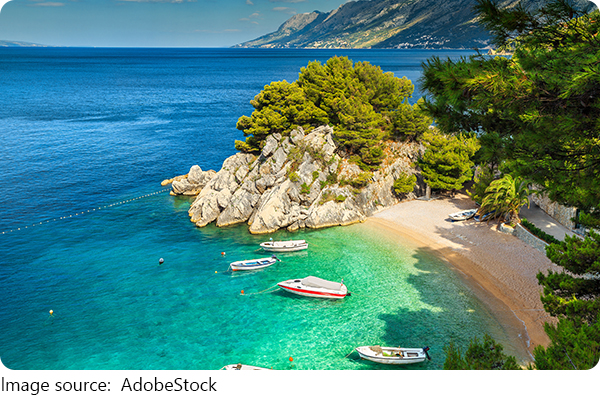
Lens Wipes/Cleaning Cloth:Lens wipes and cleaning cloths are essential tools for seascape photography, particularly given the wet environment.
Clothing: Proper clothing is vital when photographing seascapes, especially when interacting with the water. Waterproof clothing is ideal, and rubber boots provide added protection if walking through wet areas.
How to Photograph Ocean Waves
After addressing the gear and clothing, the next step is to focus on capturing the waves and dynamic aspects of seascapes. The following tips are specifically aimed at photographing ocean waves, though they can be applied to seascapes more broadly.
Focus: To ensure a sharp focus across the scene, it's best to focus on the furthest object in the frame, such as distant mountains or the horizon.
1. The settings for seascape photography are similar to those in landscape photography:
2. To achieve a wide depth of field and ensure that most subjects are sharp, apertures between f/8 and f/16 are recommended.
3. To minimize noise and maximize sharpness, set the ISO as low as possible, usually around ISO 100.
4. For slight movement and details, exposure times of 1/5 to 2 seconds may be appropriate, while faster shutter speeds (1/100 or 1/250 seconds) will freeze the motion of the waves.
5. Understanding the lighting situation is critical when shooting seascapes. Consider where the sun will be positioned, whether it's rising or setting, and whether side lighting or a sunstar effect will add to the composition.
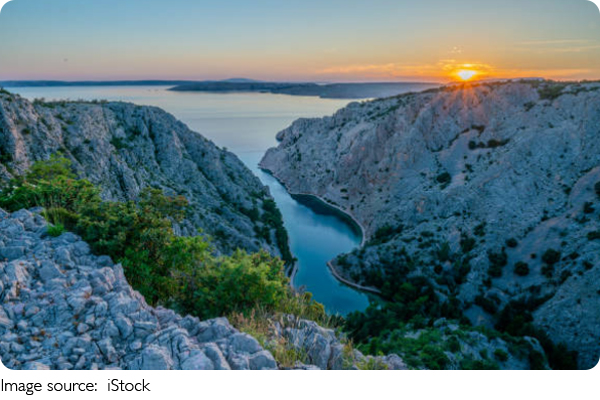
6. Using a smaller aperture helps achieve a wide depth of field, ensuring that both the foreground and background remain in focus.
7. Whether using a wide-angle or telephoto lens, be intentional about what is included in the foreground.
8. Never enter the water if the sea is rough, with large waves or dangerous conditions. Always assess the environment carefully before deciding to wade in.
6 Tips For Killer Seascape Photography
Video by Koshua Cripps Photography
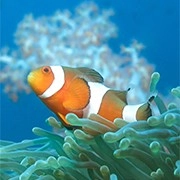
 · Photography Team
· Photography Team